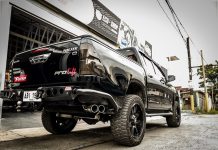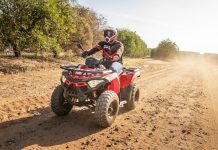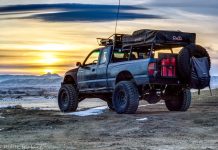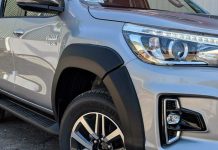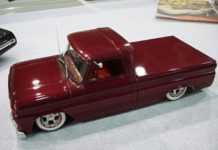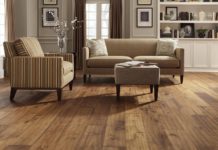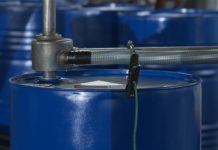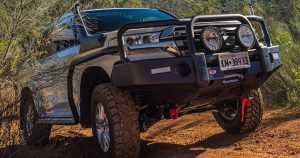
No matter whether you’re planning on preparing for your first off-road trip, or your everyday commute involves travelling through remote areas, the bull bar is probably the first 4×4 accessory on top of your list. Bull bars are multi-functional, practical accessories that provide invaluable protection to your vehicle’s front end. Australia’s rural roads and off-roads can be dangerous, as there are curious animals that cross them at a whim, high vegetation, as well as other obstacles on unpaved roads.
Bull bars Australia stores sell come in many shapes and forms, and choosing the ideal one can take a fair amount of consideration. To make the shopping process easier for the average buyer, I’ve compiled a list of the top factors you need to account for when making a buying decision.
Top Factors to Consider When Buying a Bull Bar
Material
The first thing to consider when buying most 4×4 accessories, especially if they’re protective, is the material they’re made of. Bull bars are typically made using aluminium, steel, or plastic. I’ll focus on steel and aluminium bull bars, as plastic ones offer little to no protection, and are mainly made for aesthetics and in-city use.
Steel Bull Bars
Steel is the most popular material used for manufacturing bull bars. Quality bull bars are made of stainless steel, which is incredibly durable and resistant to the elements, making them last longer. In fact, there are many manufacturers who offer a lifetime guarantee on their bull bars. As long as maintained properly, which is a relatively easy task, stainless steel bull bars will look as good as new. On the downside, steel bull bars are heavy, and can reduce the number of other accessories you can attach to your vehicle. Moreover, it can increase your vehicle’s fuel consumption.
However, that’s a small price to pay for the amount of protection you get. So, if you intend on using your vehicle for hardcore off-roading, you’ll definitely want a stainless steel bull bar.
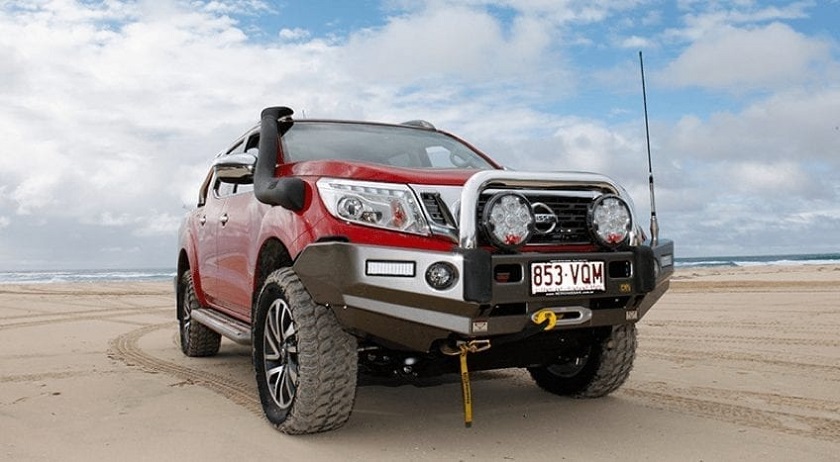
Aluminium Bull Bars
Aluminium bull bars are also quite popular, especially among users who don’t partake in hardcore off-roading. The lightweight properties of aluminium mean you save on fuel and are able to attach a myriad of other 4×4 accessories. While aluminium bull bars aren’t as strong as their stainless steel counterparts, they offer sufficient protection against most things you’ll come across. On the downside, aluminium requires more effort to maintain. Luckily there are powder-coated aluminium bull bars that make them look better, and more resistant to the elements.
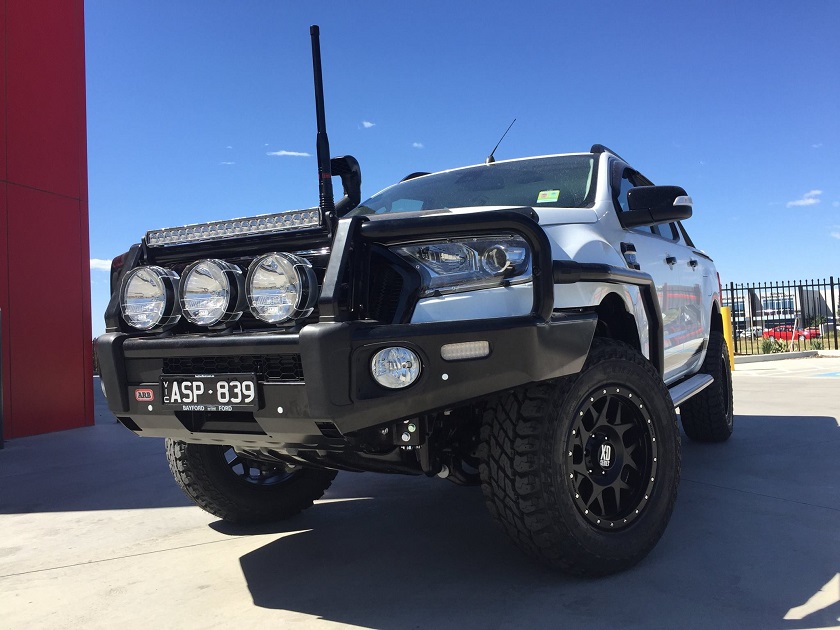
Style
Bull bars come in several different styles, all of which serve a slightly different purpose, and provide a completely different look. While different bull bar Australia manufacturers may name their bull bars differently, most of them are categorised as:
Single Hoop Bull Bars
Single hoop bull bars, as their name implies, come with a single hoop over the radiator. These bull bars are attached to the bumper section. They provide a decent amount of protection and don’t weigh as much as some other styles.
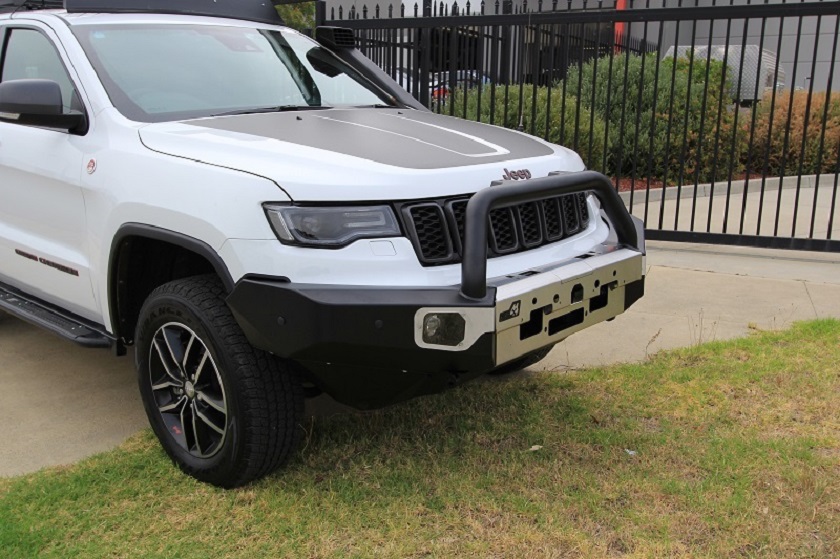
Triple Hoop Bull Bars
These bull bars offer the most protection out of any other type. On the downside, they also weigh the most. If you’re a hardcore off-roader with the need for serious protection against impact, triple hoop bull bars are just for you.
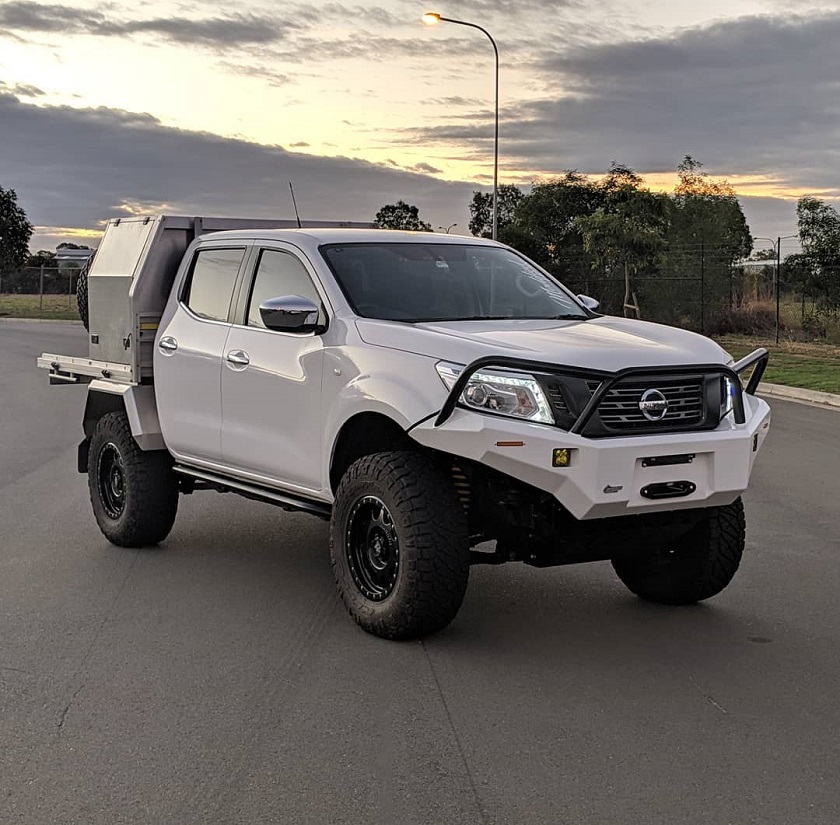
Nudge, Bumper and Baja Bars
Nudge and bumper bars are mainly designed to improve the aesthetic of your vehicle. They don’t offer as much protection as the aforementioned two styles, and they aren’t mounted securely to the chassis like conventional bull bars. Baja bars are similar to nudge and bumper bars, but they provide extra reinforcement to the chassis, allowing the use of winches.
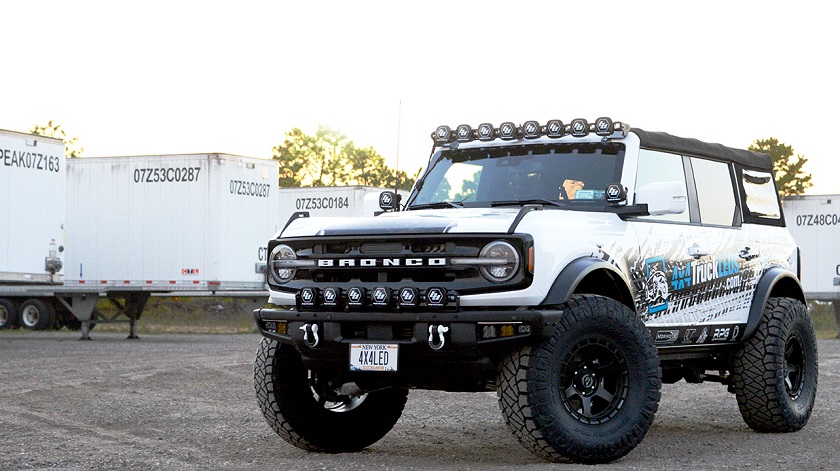
Other Considerations
While the aforementioned factors will play the biggest role in how the bull bar looks and performs, there are other things that can make or break your choice.
For instance, is the bull bar winch compatible? Winches are arguably the best pieces of 4×4 recovery equipment you can have. They allow you to safely and securely pull yourself out of any sticky situation with minimum effort. Winch-compatible bull bars are generally tried and rated, meaning extensive testing has gone into their manufacturing, thus making them more reliable.
Alternatively, consider whether the bull bar features high-lift jack points, as well as rated tow points. High-lift jack points allow you to securely lift the vehicle with a high-lift jack should you ever need to change a tyre, or simply get unstuck. Having rated tow points, on the other hand, means that the bull bar has been tested by a third-party engineering firm.
Last but not least, make sure the bull bar is ADR compliant. ADR compliance means that the bull bar is road-legal. It refers to the form and shape of the bull bar, its airbag compatibility, and its ability to safely absorb impact. The bull bar mustn’t have forward-facing bars, sharp edges, and it shouldn’t block your headlights.


